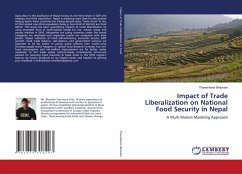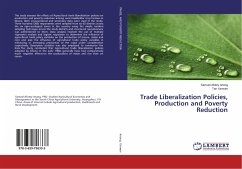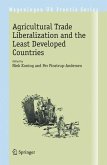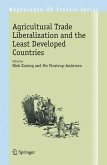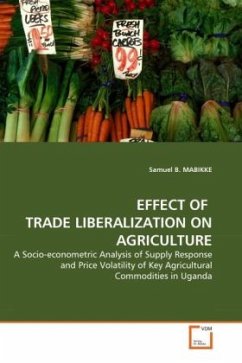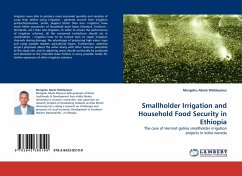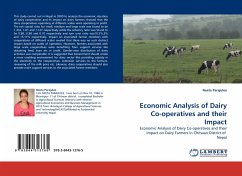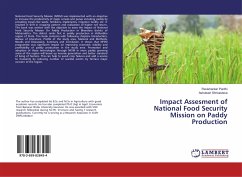Agriculture is the backbone of Nepal having its one-third share in GDP and employs two-third population. Nepal is adopting most liberal trade policies among South Asian countries but facing decade long "trade stress" in lieu of that almost one-third population living in two-third of districts are food deficit. This study has been quantifying impacts of trade liberalization by using extended form of multi-market model for rice, wheat, maize and potato markets in 2010. Altogether ten policy scenarios under five broad categories are simulated and respective results are compared with base period. Impact indicators of food self-sufficiency, economic surplus, GDP growth, food trade balance, self-reliance, and government revenue are expected to be far better in partial policy reforms even world price increases,supply shock happens or global food demand increases but net-food consumption and net-welfare improvement are far better under moderate to full trade policy reforms.Study recommends tetra-track policies for reducing food insecurity & trade stress in the WTO regime.I express my sincere gratitude to my valued reader and hopeful to getting your feedback in thaneshwar.bhandari@yahoo.com
Bitte wählen Sie Ihr Anliegen aus.
Rechnungen
Retourenschein anfordern
Bestellstatus
Storno

